Venus and the moon light up the night sky in gorgeous photos from around the world
The "evening star" and the moon made quite a pair during a conjunction on Jan. 3, 2025.
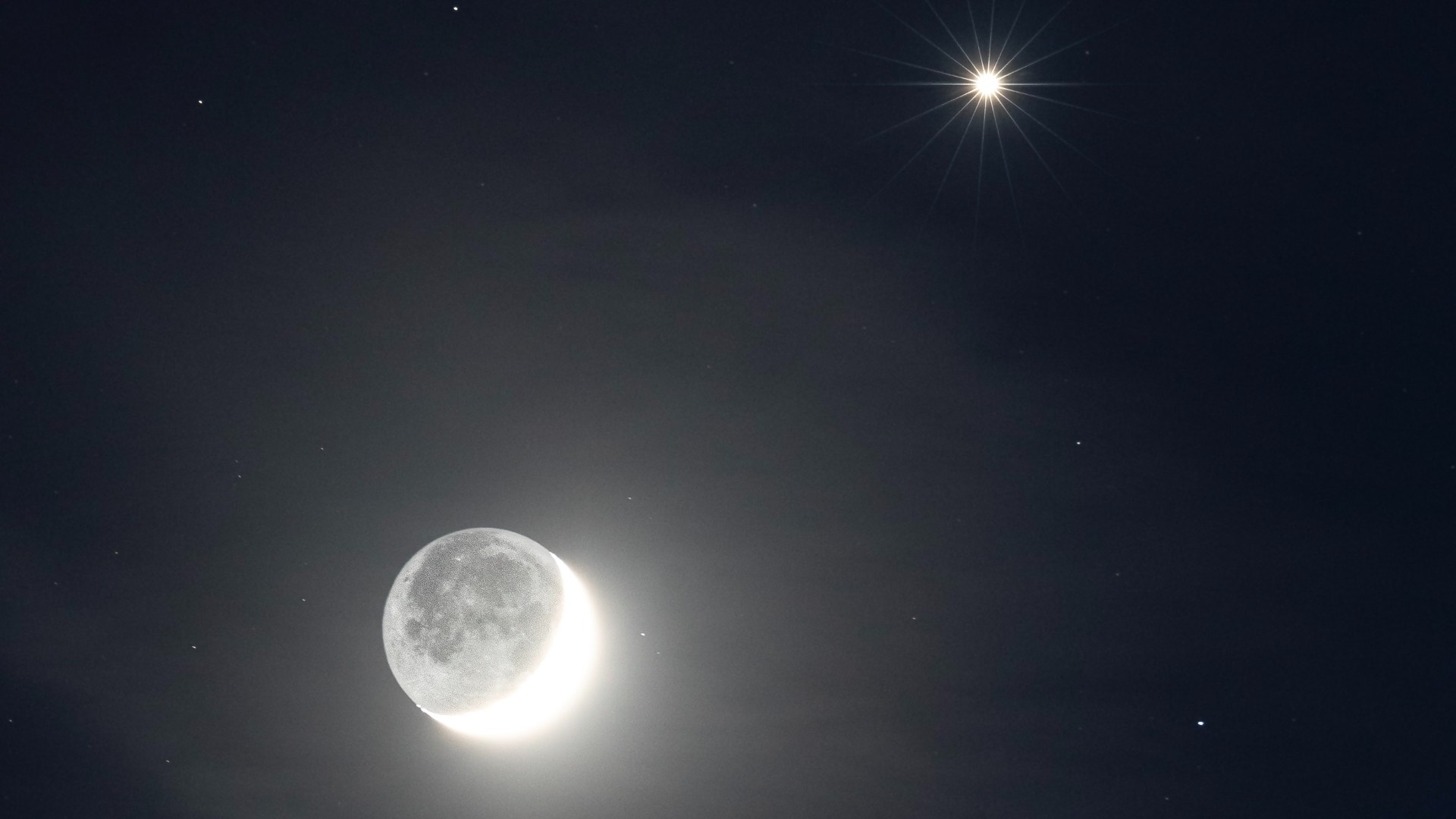
The moon and Venus put on quite a show for skywatchers around the world this week.
On Jan. 3, 2025, the "Evening Star" Venus and a waxing crescent moon crossed the night sky in an event known as a conjunction, where two objects share the same right ascension or celestial longitude. Both Venus and the moon appeared in the Aquarius constellation, separated by less than three degrees in the sky.
Venus is particularly bright in the night sky this month, outshining even Sirius, the brightest star. For observers at mid-northern latitudes, the planet remains visible for about four hours after sunset throughout January, making it an excellent time to observe Earth's "evil twin," as showcased in the stunning photos below.
Josh Dury caught this gorgeous photograph of the moon and a brilliant star-pointed Venus from The Mendip Hills in Somerset, U.K., around 5 p.m. local time on Jan. 3, 2025.
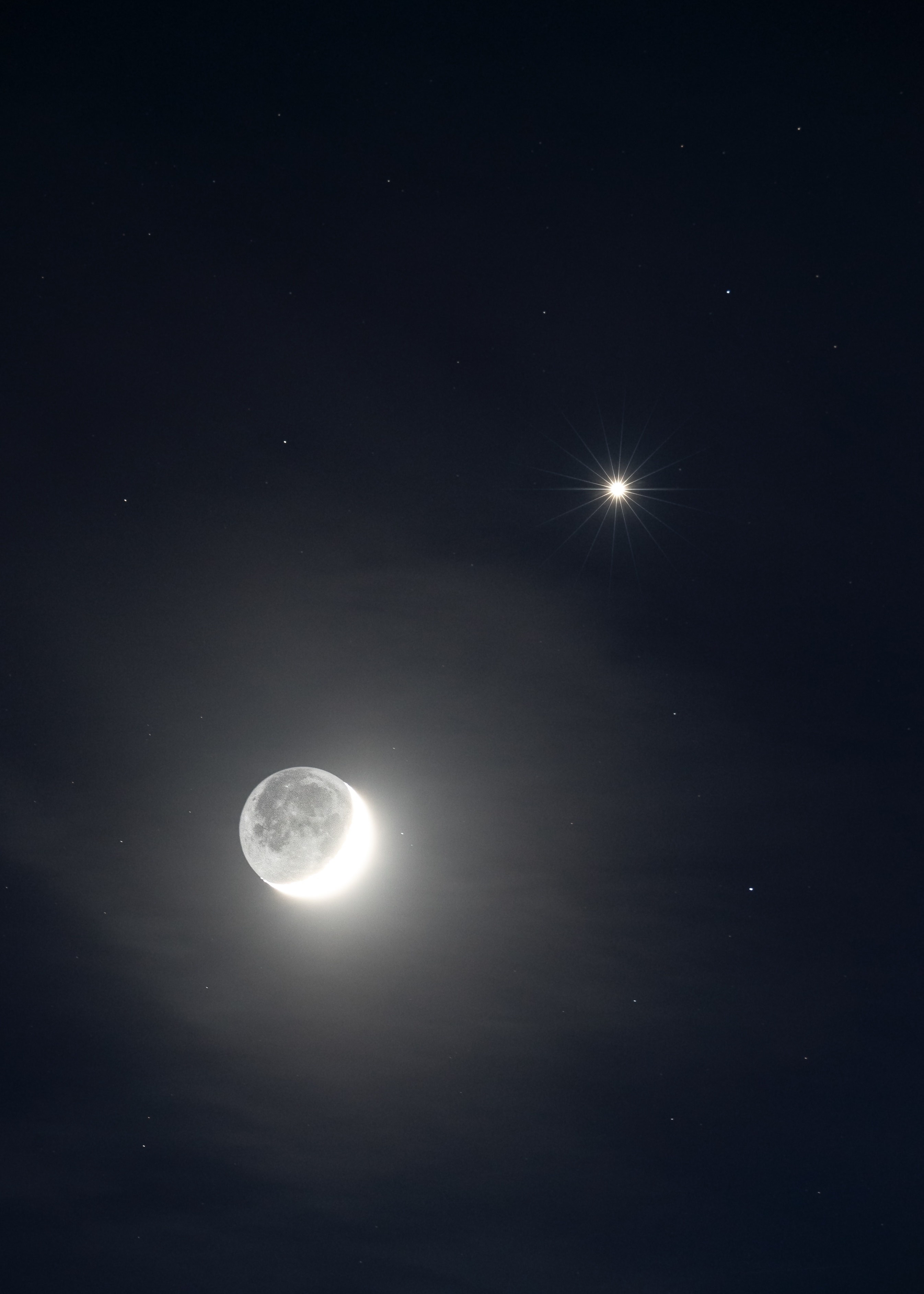
Meanwhile, Space.com writer Harry Bennett saw the pairing from the United Kingdom as the moon appeared as a thin sliver in the night sky.
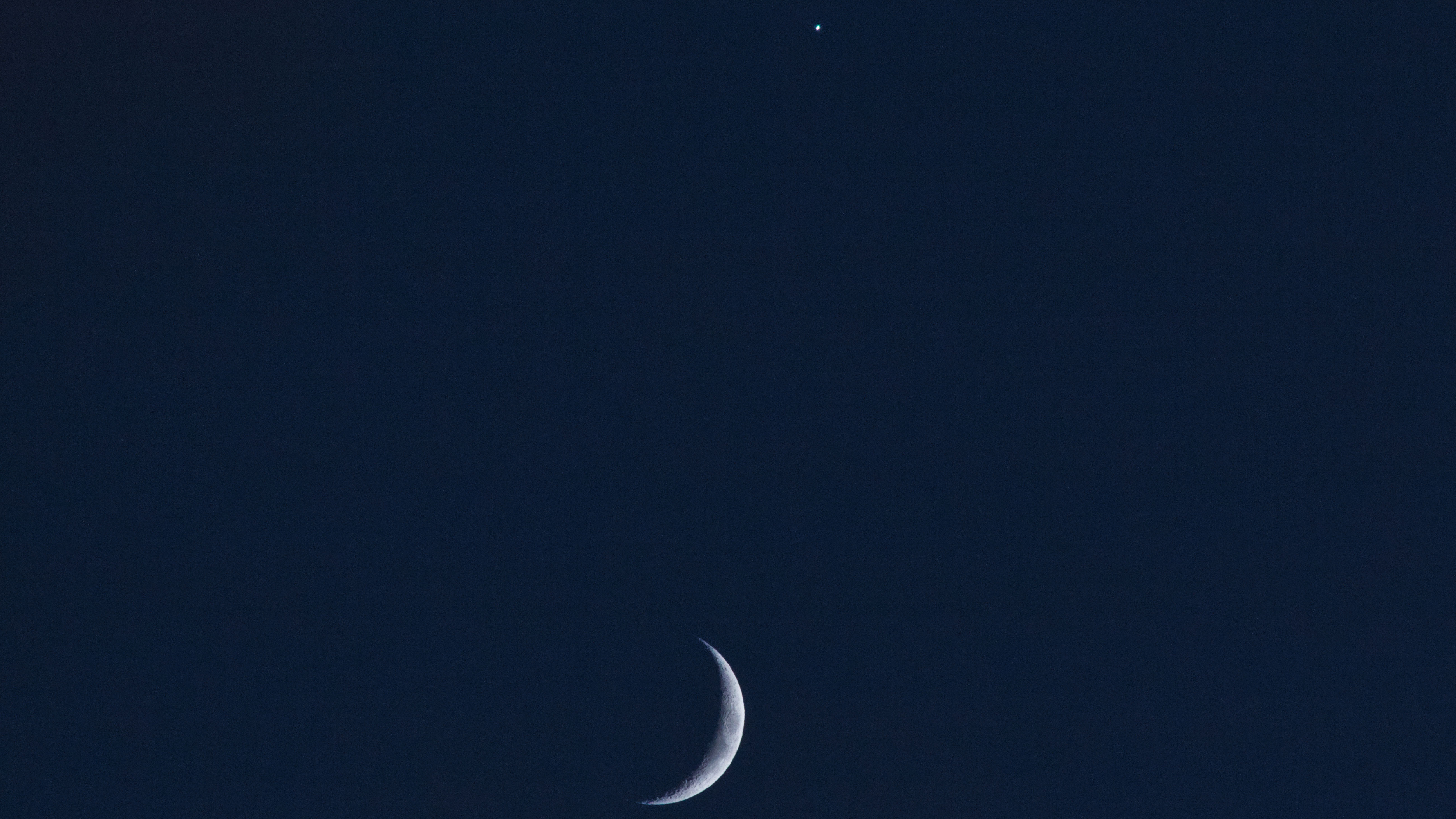
Astronomer Gianluca Masi of the Virtual Telescope Project caught the pair from his observatory in Manciano, Italy as Venus shone just above the moon.
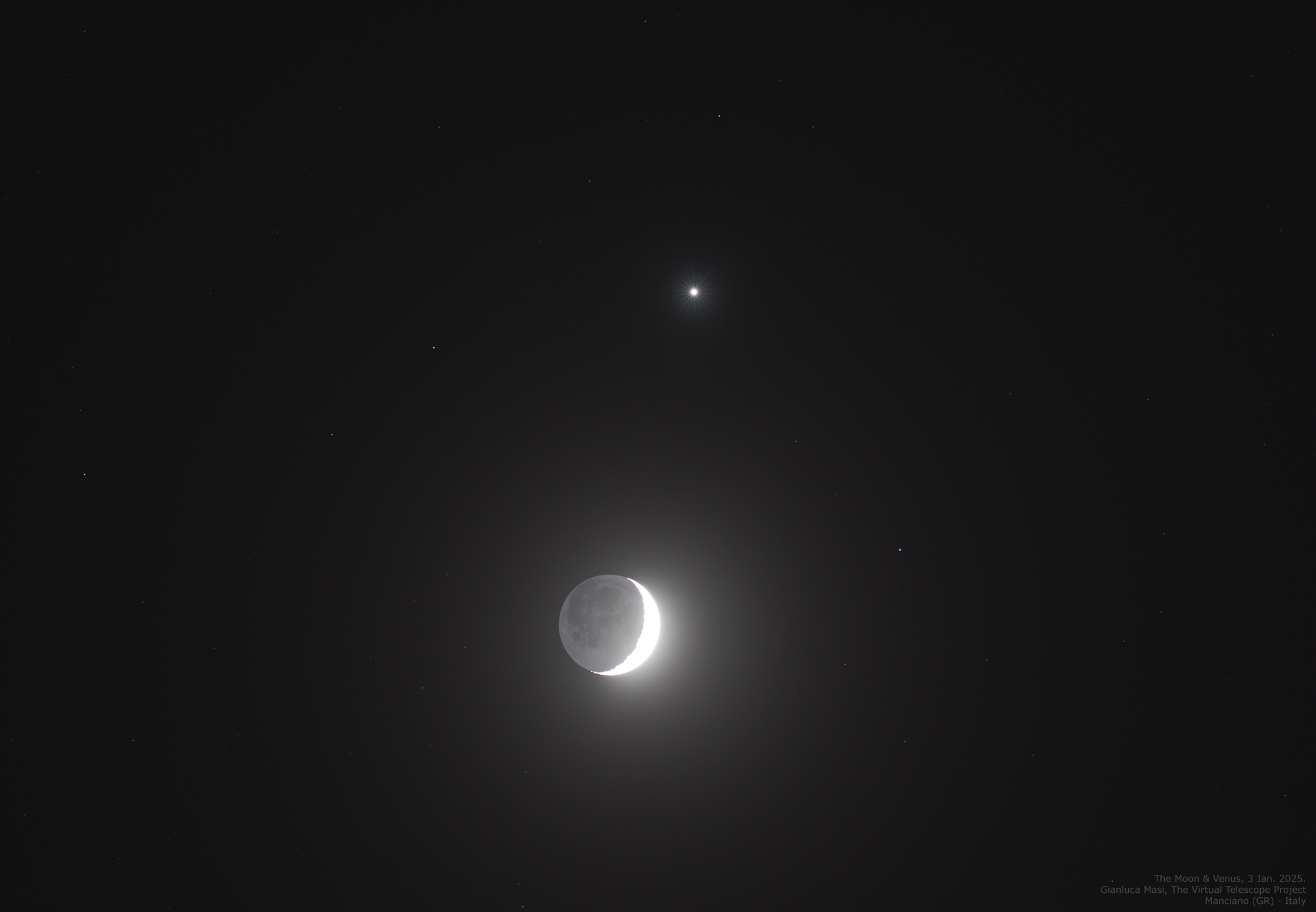
The moon and Venus were bright enough to stand out among brightly lit lanterns as seen from Yinchuan, in Northwest China's Ningxia Hui autonomous region.
Get the Space.com Newsletter
Breaking space news, the latest updates on rocket launches, skywatching events and more!
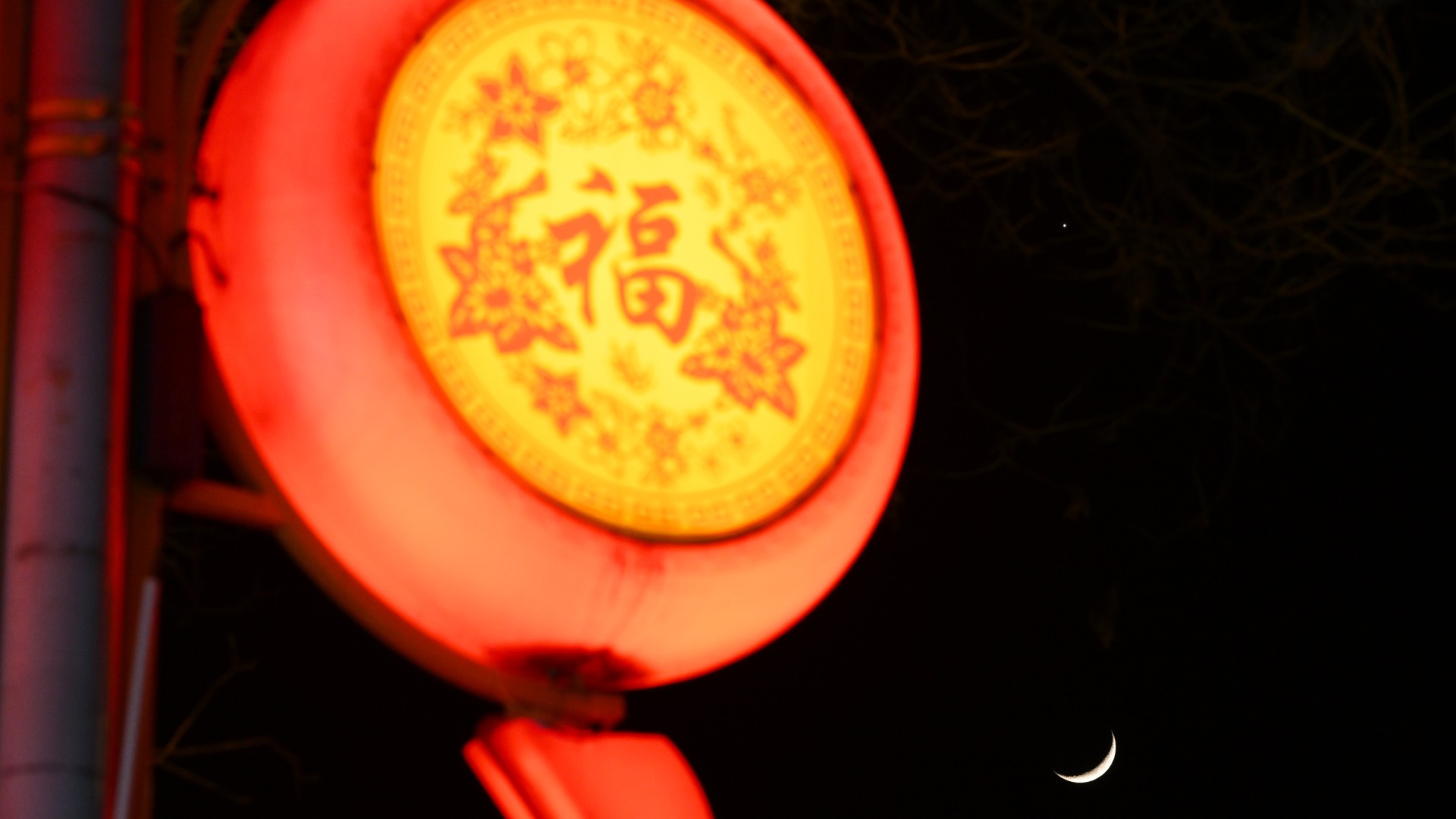
Photographer Thierry Monasse in northern France snapped the pairing as seen between trees at sunset, shining brightly enough to be seen as the sun was still lighting up the evening sky.
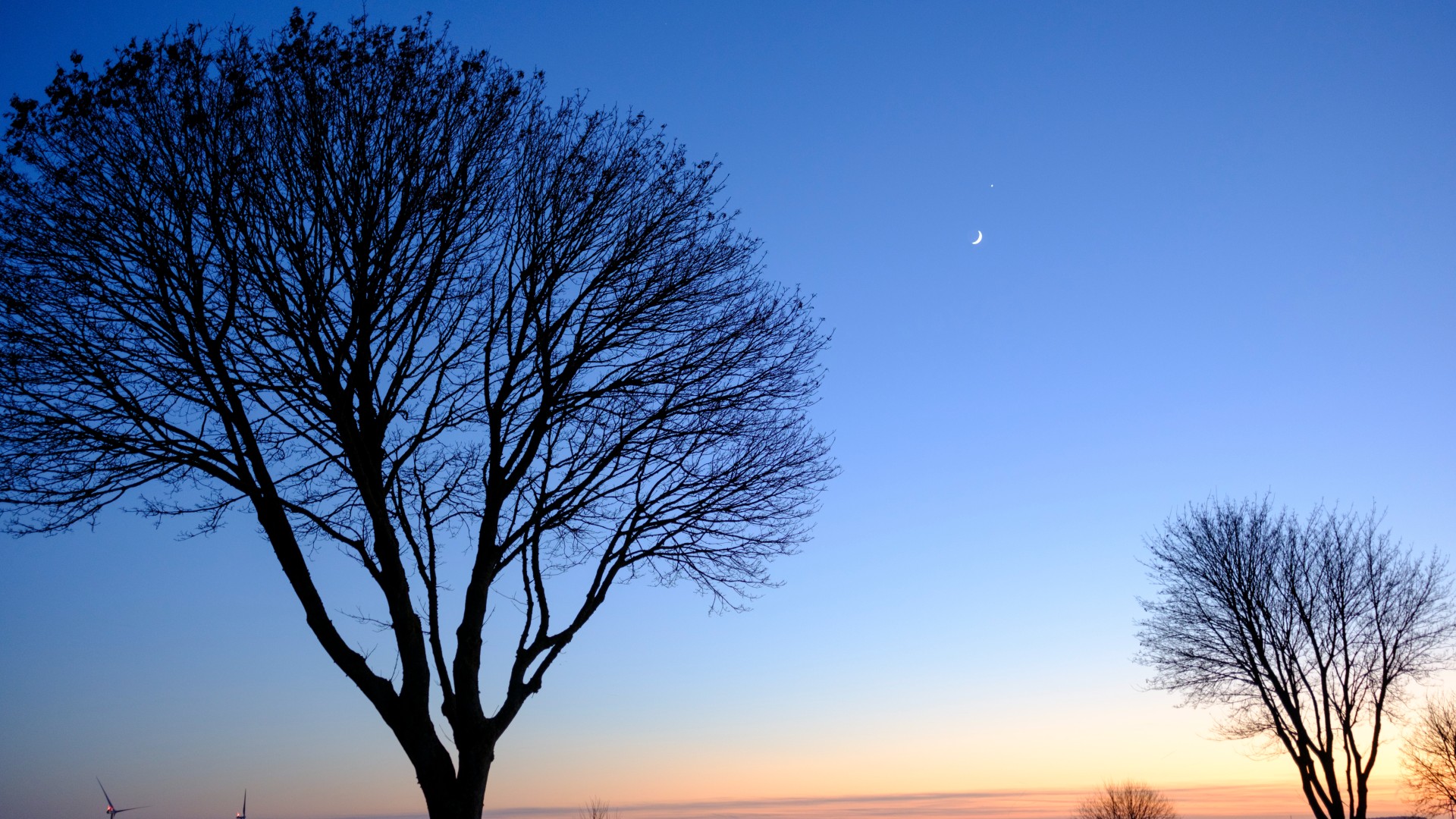
Rui Santos of Living Impressions Photography caught the pair shining above buildings in Leiria, Portugal.
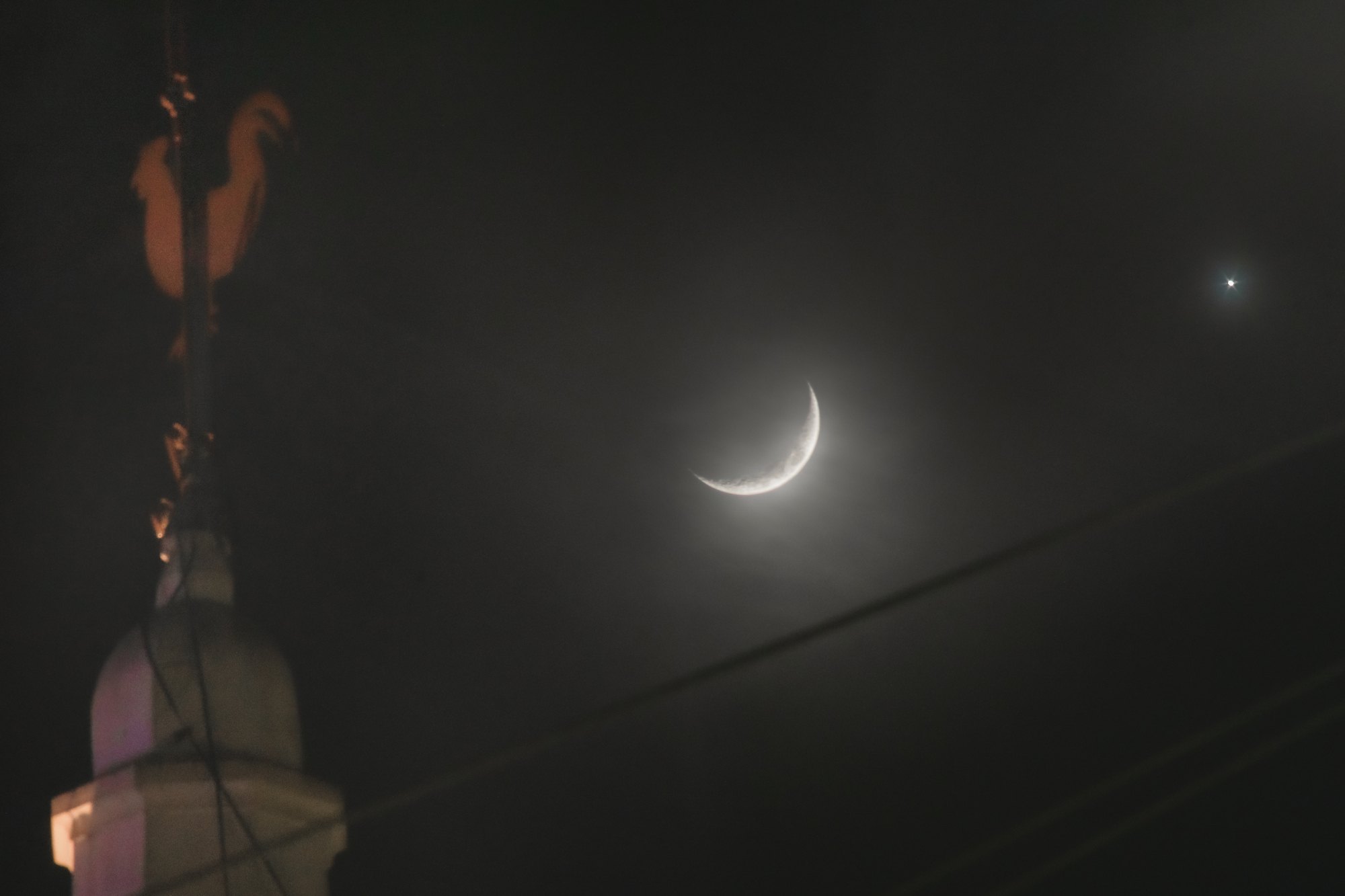
The U.S. National Park Service took to social media to share their own photo of the conjunction as it was seen above the National Museum of African American History and Culture in Washington D.C.
Last night's sky was a lovely sight. The Washington Monument was caught between the Moon and Venus, while the unique architecture of the Smithsonian's @NMAAHC glowed along #WashingtonDC's amazing skyline. We love these magical moments. pic.twitter.com/NdavEXS4B5January 3, 2025
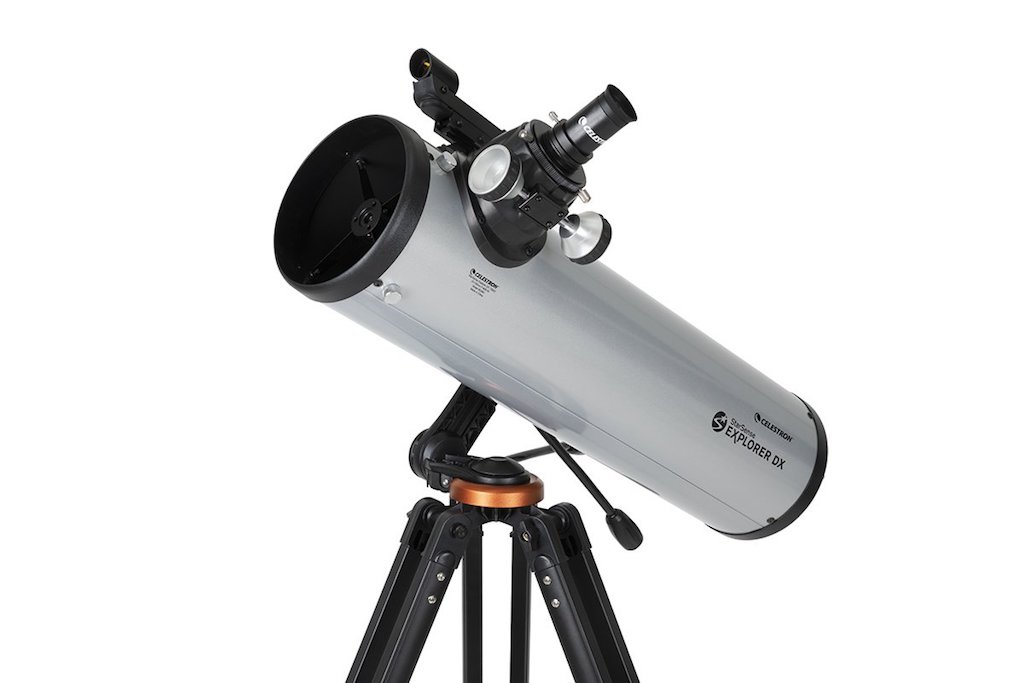
Looking for a telescope for the next night sky event? We recommend the Celestron StarSense Explorer DX 130AZ as the top pick for basic astrophotography in our best beginner's telescope guide.
Observing and appreciating the night sky requires no special equipment and is something people of all ages can enjoy. However, to get a closer and more detailed look at what's in the night sky, a telescope or binoculars will enhance the experience and bring some otherwise invisible objects into view.
If you want to try your own hand at taking photos of the night sky, our guides on the best cameras for astrophotography, and the best lenses for astrophotography can help you find what you need. Be sure to also read up on our guides on how to shoot the night sky, how to photograph the moon and how to photograph the planets.
Join our Space Forums to keep talking space on the latest missions, night sky and more! And if you have a news tip, correction or comment, let us know at: community@space.com.

Brett is curious about emerging aerospace technologies, alternative launch concepts, military space developments and uncrewed aircraft systems. Brett's work has appeared on Scientific American, The War Zone, Popular Science, the History Channel, Science Discovery and more. Brett has English degrees from Clemson University and the University of North Carolina at Charlotte. In his free time, Brett enjoys skywatching throughout the dark skies of the Appalachian mountains.
-
jean-luc suchail Yes great picture. I had seen that as well visually, but no camera available.Reply
Reminded me when I was at Meudon's observatory 1m telescope in october or november 1982 with Audouin Dolfuss watching the occultation of Jupiter by the moon. Same night, early in the morning, we had a small asteroid falling on Earth and lighting the night nearly like the sun.
Souvenir,....
